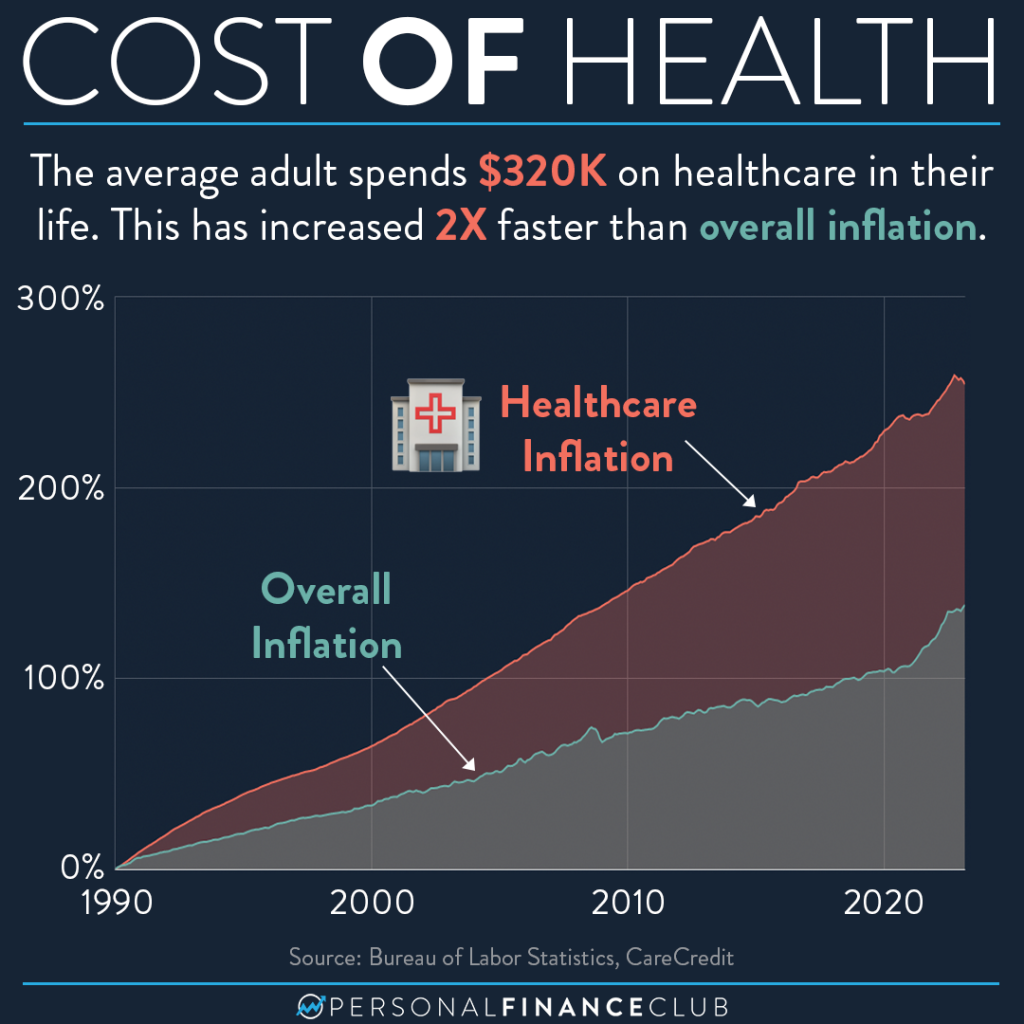Just How to Carry Out Healthcare RCM for a Smooth Revenue Cycle
Just How to Carry Out Healthcare RCM for a Smooth Revenue Cycle
Blog Article
A Comprehensive Overview on Exactly How Medical Care RCM Works to Enhance Payment and Collections
Navigating the complexities of medical care earnings cycle monitoring (RCM) is crucial for carriers aiming to improve their invoicing and collections processes. The guide unloads the intricacies of RCM, from individual enrollment to accounts receivable administration, offering insights into optimizing each step.
Recognizing Profits Cycle Administration
Grasping the details of Income Cycle Monitoring (RCM) is vital for medical care organizations aiming to enhance their financial performance. RCM is an essential administrative function that encompasses the whole monetary process of patient care, from the preliminary consultation readying to the last settlement of the equilibrium. It is an intricate treatment made to identify, gather, and manage the revenue from the solutions offered to patients. Efficient RCM ensures that doctor get accurate and timely repayments, reducing the danger of earnings loss and boosting cash flow.
The RCM procedure starts when a patient schedules an appointment and prolongs with the patient's treatment trip, including billing and collections. A vital purpose is to decrease the time between getting and supplying a solution repayment, hence enhancing the company's monetary wellness. RCM involves various features such as person registration, insurance verification, charge capture, coding, claims entry, repayment uploading, and managing rejections and allures.
Trick Components of RCM
In the realm of Profits Cycle Monitoring (RCM), comprehending its key components is fundamental to accomplishing financial effectiveness within health care organizations. RCM is a thorough process that incorporates various phases, each important to guaranteeing reliable payment and collections. The main elements consist of individual enrollment, insurance coverage confirmation, cost capture, coding, case submission, repayment publishing, and receivable administration.


As soon as coded, claims are submitted to payers, where accuracy is extremely important to stay clear of delays or beings rejected - Healthcare RCM. Repayment posting includes videotaping the obtained repayments, which permits the settlement of accounts. Lastly, receivables monitoring concentrates on monitoring and addressing unpaid claims, guaranteeing prompt follow-up and resolution
Each part of RCM is adjoined, and inefficiencies in any kind of part can disrupt the entire cycle. For that reason, understanding these elements is necessary for medical care suppliers to maximize profits and enhance their economic health and wellness.
Approaches for Efficient Billing

Standardizing billing procedures across the company is one more key approach. Developing clear guidelines for documentation, coding, and entry assists maintain consistency and compliance with regulatory requirements. Training staff frequently on these procedures makes sure everyone is up-to-date with the current modifications in invoicing codes and payer policies.
Precise fee capture is essential in protecting against profits leakage. Applying routine audits and tracking systems enables for the recognition and improvement of inconsistencies before they affect earnings. Additionally, maintaining open lines of communication with payers helps to rapidly resolve any type of disagreements or misunderstandings that might occur.

Lastly, interesting clients early in the billing procedure by offering clear quotes and educational products regarding their financial obligations can considerably lower complication and boost settlement timeliness. These techniques jointly add to an extra efficient and financially healthy and balanced invoicing system.
Enhancing Collections Processes
A durable collections procedure is vital for maintaining monetary security within medical care companies. Provided the complexities of medical billing and the selection of payer requirements, enhancing the collections process includes applying strategic actions that ensure prompt and precise repayment of solutions provided. check that Central to this is using innovation to automate and improve processes, boosting and minimizing hands-on mistakes effectiveness. Automation tools can aid in tracking claim standings, sending timely tips to patients, and managing rejections better.
Clear and clear person communications are vital. Giving in-depth explanations of costs and providing versatile repayment plans can enhance patient satisfaction and prompt payments.
Regular audits of the collections procedure should be conducted to recognize areas for renovation and ensure compliance with laws. By analyzing information, medical care organizations can determine fads, expect possible problems, and adapt strategies accordingly (Healthcare RCM). Inevitably, a well-enhanced collections procedure not only supports financial health yet additionally contributes to a more seamless experience for people and staff alike
Optimizing Earnings Streams
Structure upon the structure of a strong collections procedure, health care organizations can further reinforce their financial stability by strategically optimizing profits streams. This involves a multi-faceted approach, beginning with an extensive evaluation of existing income sources to determine ineffectiveness and areas for growth. Utilizing advanced information analytics tools enables companies to gain insights right into payer mix, person demographics, and service use patterns, permitting for data-driven decisions that improve income capture.
Carrying out automated billing systems can substantially decrease errors and expedite claims refining, ensuring that profits is accumulated much more effectively. In addition, maximizing payer contracts via routine settlements can enhance repayment rates and terms, directly impacting the lower line. Diversifying solution offerings, such as including telehealth or health care, can also draw in a broader person base, thus enhancing profits potential.
One more vital part is improving person involvement and contentment, as pleased people are more probable to abide by treatment strategies and make prompt repayments. Offering flexible settlement options and clear billing methods can improve collections and foster person commitment. Healthcare RCM. By embracing these approaches, health care companies can produce a much more resistant economic framework, ensuring sustained development and stability in an ever-changing market landscape
Verdict
To conclude, health care Earnings Cycle Administration (RCM) plays an important role in optimizing invoicing and collections processes by incorporating essential elements such as individual enrollment, insurance policy verification, cost capture, coding, claims submission, and balance due management. By employing sophisticated innovation, standardizing procedures, and promoting patient interaction, health care providers can significantly decrease insurance claim denials, speed up payment cycles, and enhance cash circulation. This thorough technique to RCM ultimately leads to boosted monetary efficiency and sustainability for healthcare organizations.
The RCM procedure starts when a navigate to this site patient routines a consultation and prolongs with the patient's treatment trip, consisting of billing and collections.Another essential part is boosting person involvement and fulfillment, as pleased individuals are a lot more likely to stick to therapy plans and make prompt payments. Supplying versatile repayment alternatives additional hints and clear invoicing methods can improve collections and foster client commitment.In verdict, health care Income Cycle Monitoring (RCM) plays a vital role in optimizing invoicing and collections procedures by incorporating vital components such as individual enrollment, insurance confirmation, fee capture, coding, declares entry, and accounts receivable monitoring. By utilizing sophisticated technology, standardizing treatments, and promoting person engagement, medical care service providers can dramatically lower insurance claim denials, accelerate repayment cycles, and boost cash flow.
Report this page